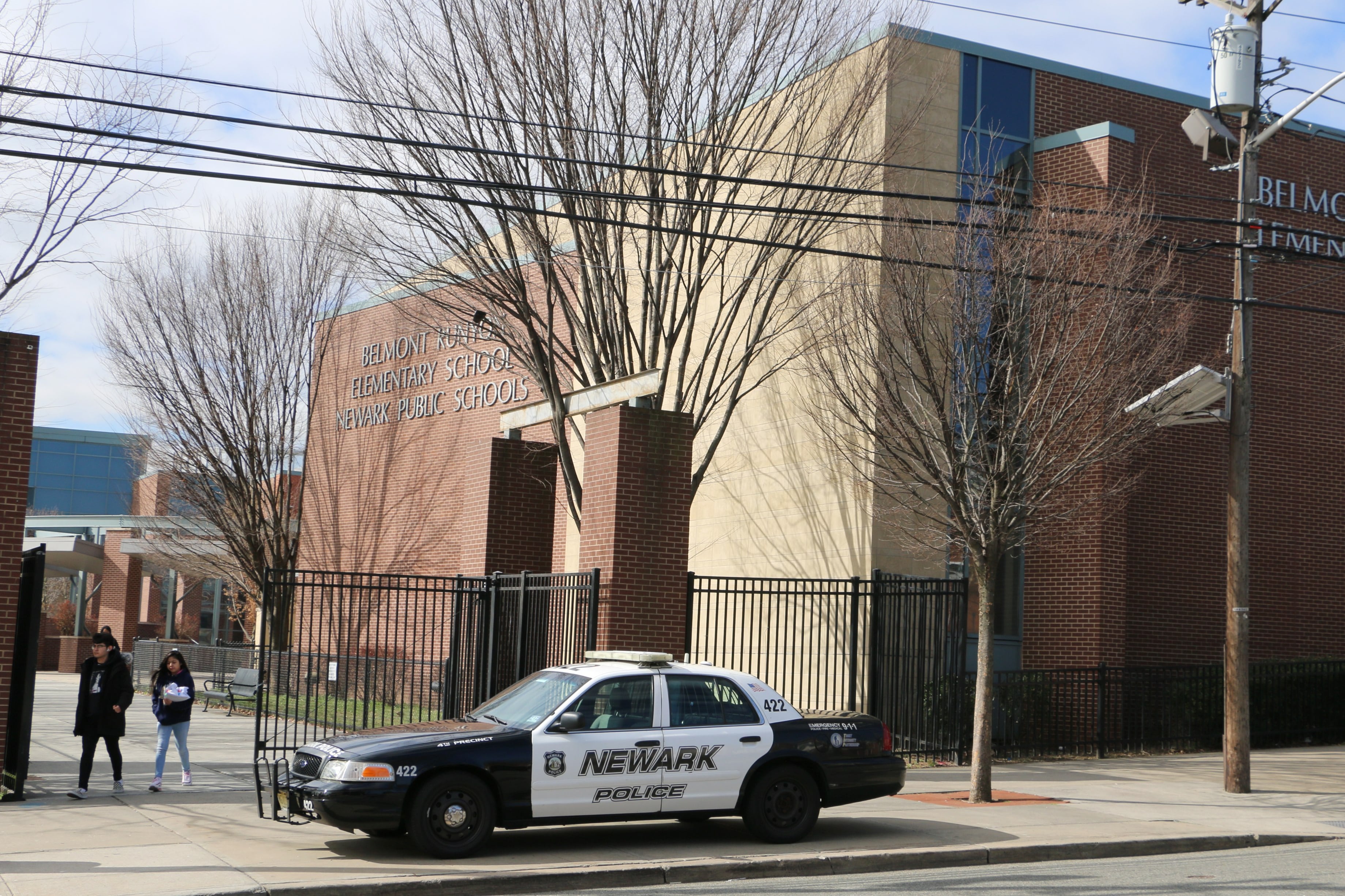In an effort to keep students safe, New Jersey will direct $6.5 million to have school districts digitize building maps for use in emergency situations and Newark plans to hire more security guards, launch a new student identification system, and use updated software to track incidents.
The state and local efforts to ramp up school security come months after a mass shooting in Uvalde, Texas that left 19 students and two teachers dead. Districts nationwide have invested significant portions of their budgets and federal relief funds to upgrade school security measures in the months prior to and following the massacre, as school shootings hit a 20-year high in the 2020-21 school year.
“Ensuring school safety is among my, and I think, our collective, most sacred obligations,” Gov. Phil Murphy said on Tuesday at a news conference the week before the new school year starts for most districts in the state. “An important part of school safety is ensuring that first responders have the tools they need to answer any emergency of any size and at any time.”
Money for the digital school mapping effort will come from the state’s American Rescue Plan funds, Murphy said. The announcement follows a directive from Murphy earlier this month for school districts to create threat assessment teams by next school year, who will be tasked with identifying students who might be a threat to school safety.
About half of all 3,000 public and private schools throughout the state have already created the digital school building blueprints, known as “Collaborative Response Graphics” and created by Hamilton company Critical Response Group.
The digital maps allow police to easily pinpoint key access points, stairwells, and other locations, which could be useful if, for example, a school is under threat of a shooting.
The funds for this initiative will be used to support the creation of the digital maps for the remaining 1,500 schools, Murphy said. The governor’s office did not share which school districts already have the digital building maps.
Critical Response Group, run by former and current members of New Jersey state and local police departments, has been providing the digital blueprint service to hundreds of schools across the country for years, according to trade magazine articles about the company.
Governors and school district leaders in other parts of the country have also been announcing plans to invest in digital school maps, including in Iowa and Virginia.
“When every second matters, the first and perhaps most important tool is the ability to know without delay not just where an emergency is within a building, but also the fastest and safest route to get there,” Murphy said at the news conference, which was held in the East Brook Middle School of Paramus.
The renderings combine aerial imagery, floor plans, and other features into a gridded graphic, which allows various agencies to better communicate on strategy both inside and outside of a building in emergency situations, the company says.
“I think it’s a pretty good strategy to have and a step in the right direction,” said Mo Canady, executive director of the National Association of School Resource Officers, in an interview on Tuesday. “But as we talk more about technology, we cannot dismiss the human element of this whole piece of school safety.”
Canady said he urges law enforcement and public safety officials to visit schools in their regions, getting familiar with the physical layout of the buildings and the people who run the schools.
“This cannot be overlooked, it’s critical and makes all the difference in the world,” Canady said.
He also suggests that while districts invest in upgraded technology and cameras, they should also consider basic maintenance of doors and reporting systems when there are malfunctions.
Last school year, Newark schools faced multiple bomb threats and saw an uptick of disruptive behavior.
Newark has earmarked $2.8 million from its second coronavirus federal relief package for security measures, including about 5,000 new security cameras, six new patrol cars for school safety officers, and equipment at high school entrances to scan students for contraband and weapons.
Some education experts are critical of districts using federal relief money for school security measures, arguing the money was intended to address academic recovery and mental health support after students experienced months of disrupted learning.
For the upcoming school year, the district’s Office of Safety has hired 40 permanent security guards and is looking to hire an additional 50 guards on a per diem basis, according to a board operation committee report.
At a school board meeting last week, Superintendent Roger León said there will also be a new student identification system.
The district will be using a newly upgraded command center in the Office of Safety this coming school year to monitor the district “with our remote surveillance system while dispatchers utilize our new incident tracking CAD (computer-aided dispatch) system,” the operation report stated.
“We will continue to resource all security staff with superior training for the ever changing security threats we face in public education,” the report said. “All implemented security upgrades will benefit NBOE students, staff, and community.”
Catherine Carrera is the bureau chief for Chalkbeat Newark, covering the city’s K-12 schools with a focus on English language learners. Contact Catherine at ccarrera@chalkbeat.org.







